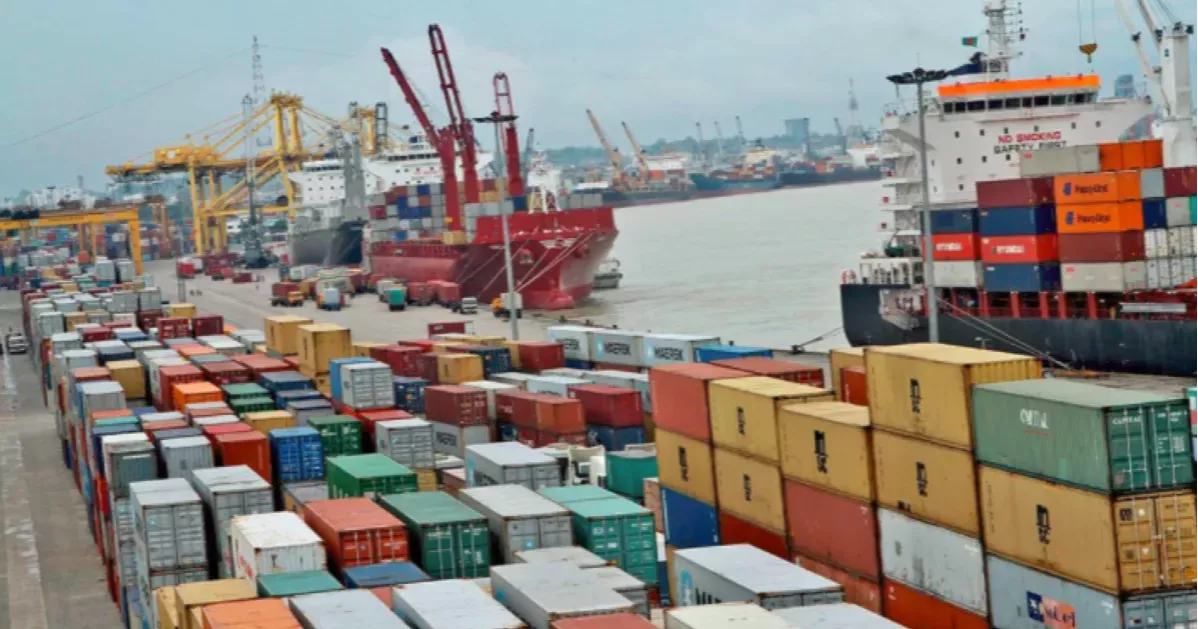Chattogram Port’s recent decision to increase tariffs by an average of 30% for import and export operations marks a significant change in shipping logistics. This adjustment is the first major tariff update since 1986 and is expected to have far-reaching implications on the cost of doing business for traders and logistics providers alike.
The Announcement: Context and Concerns
Shipping Adviser M. Sakhawat Hossain divulged this news during a press briefing held at the port, suggesting that the tariff adjustment was undertaken after consultations with various ministries and stakeholders. While the government anticipates this move will enhance revenue for the port, it may also lead to increased costs for businesses relying on import and export activities.
As most logistics professionals know, any change in tariffs can ripple through the supply chain—affecting everything from freight rates to transport planning. Therefore, understanding such changes is crucial for operational strategies. The ultimate goal of enhancing Chattogram Port’s capacity is to augment its global status, enhancing the efficiency of logistics operations and making it a more competitive player on the international stage.
Future Management Plans
Hossain also pointed out a potential shift in operational management involving foreign operators to help run the port more efficiently. Although he reassured stakeholders that overall control would remain with the government, the suggestion has sparked conversations around operational efficiency, foreign investments, and the strategic pause for businesses that have to navigate these upcoming changes.
Performance Improvements at Chattogram Port
Notably, there have been promising signs at the New Mooring Container Terminal (NCT) managed by Chattogram Dry Dock Limited under the auspices of the Bangladesh Navy. Hossain observed a surge in container handling since the Navy has taken over operations. In fact, container handling has jumped by about 13%, with approximately 3,200 containers processed daily, fueling optimism about the port’s capacity to manage increased tariffs effectively.
The Commander of the Bangladesh Navy’s Chattogram region, Rear Admiral Mir Ershad Ali, noted that the NCT had successfully managed about 3,250 TEUs (twenty-foot equivalent units) daily within a specific period after the shift in management—a remarkable 12.10% increase from previous figures. This operational success may lend confidence to stakeholders despite the tariff hikes, demonstrating a strategic pivot toward improving efficiency at the port.
Impact of Recent Changes on Traders and Port Users
Many port users and traders believe that the improved management at Chattogram Dry Dock translates to accelerated port operations, ultimately uplifting logistics processes and benefiting the national economy. The sentiment is that a smoother operation, especially in lieu of the tariff increase, can mitigate some of the added costs. As logistics professionals put it, “You catch more flies with honey than vinegar,” indicating that efficiency can help offset expenses.
| Időszak | Average TEUs | Increase (%) |
|---|---|---|
| July 7 – July 24 | 3,250 | 12.10% |
| Prior Period | N/A | N/A |
Strategic Considerations for Logistics
As businesses adapt to the new tariff structures, strategies need to be recalibrated. Companies engaged in logistics and shipping will find it crucial to stay ahead of market changes. The role of platforms like GetTransport.com comes into play here, providing affordable and versatile logistics solutions for enterprises facing altered cost structures. Whether it’s moving offices, handling cargo deliveries, or transporting bulky items, the service caters to a wide range of transportation needs.
Understanding the nuances of how tariff changes can affect the supply chain is paramount. Companies may need to rethink their logistics strategy, factoring in expected price increases due to heightened tariffs while also capitalizing on improved port operations. Keeping a close eye on overall logistics costs, labor efficiencies, and transportation options will ensure smooth sailing amidst these changes.
Conclusion: Navigating New Waters
As Chattogram Port takes steps to update its tariff structure, the implications for logistics and shipping are profound. From better operational management to rising costs, businesses must remain vigilant to navigate these waters. While the immediate forecast may evoke concern, the enhanced handling capacity and potential efficiencies indicate a pathway through which the logistics landscape can evolve.
For anyone reliant on transport services, utilizing a platform like GetTransport.com offers a way to facilitate shipping needs effectively. Streamlined logistics solutions can help mitigate the financial impacts of tariff increases while also ensuring reliability in delivery and transport. This robust platform provides significant cost advantages for businesses, making it easier to manage logistics in a changing environment. Start planning your next delivery and secure your cargo with GetTransport.com.

 A Chittagongi kikötő nemrégiben történt 30%-s tarifájának emelése és annak következményei">
A Chittagongi kikötő nemrégiben történt 30%-s tarifájának emelése és annak következményei">